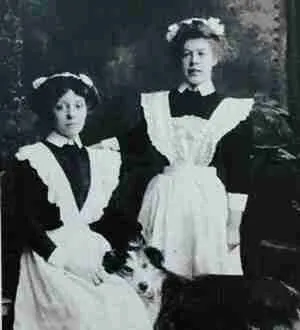Victorian servants fell under the category of domestic service, which was once one of the largest employment sectors in Britain, second only to agriculture. In fact, over one million people were employed as domestic servants in 1851, making it a crucial part of the economy and social structure.
Scotland, with its grand aristocratic mansions, country estates, and growing urban middle class, was no exception.
Who Were the Victorian Servants?
During the 19th century, most domestic servants came from humble rural backgrounds. Generally, employers preferred country-born servants, believing them to be more obedient and industrious than their urban counterparts. Servants were employed in a range of households, from lavish aristocratic mansions with hundreds of staff to modest middle-class homes that could afford only one maid.
Domestic Servants in Grand Scottish Estates
The number of servants employed in aristocratic households varied significantly. Large country houses such as Hopetoun House and Blair Castle could have 50 to 100 staff members. Meanwhile, the wealthiest estates, such as those owned by the Dukes of Buccleuch and Argyll, employed even more.
These vast teams were necessary to maintain the luxurious lifestyles of their employers, with each servant assigned a distinct role.
The Hierarchy of Domestic Servants
In large aristocratic households, the staff was divided into upper and lower servants. If you have watched Downton Abbey, you will recognise the clear social hierarchy that existed among household staff. The upper servants held more authority and often lived in better quarters than their lower-ranking counterparts.
Upper Servants:
- House Steward – Managed household finances.
- Butler – Oversaw the wine cellar, dining arrangements, and male staff.
- Housekeeper – Supervised the female staff and ensured order.
- Lady’s Maid – Attended to the lady of the house, assisting with dressing and personal care.
- Valet – Served the gentleman of the house.
- Head Cook – Led meal preparation, especially in grand households.
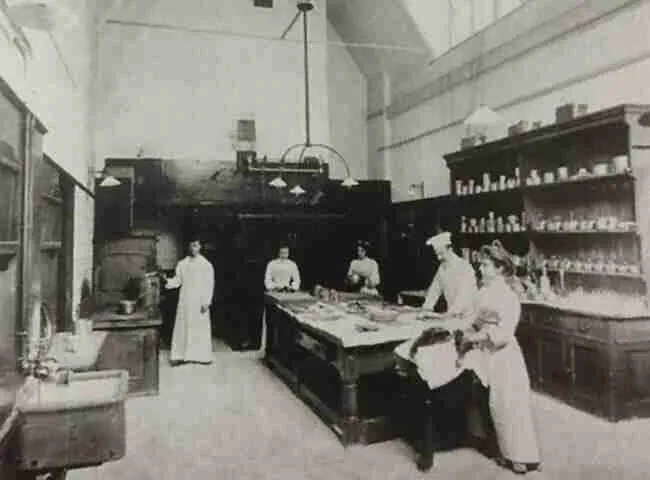
Lower Servants:
- Footmen – Assisted the butler, served meals, and polished silver.
- Housemaids – Cleaned and maintained the home.
- Kitchen Maids – Helped the cook with food preparation.
- Laundry Maids – Responsible for washing and ironing clothing and linens.
- Coachmen & Grooms – Managed the stables and carriages.
- Gardeners & Gamekeepers – Maintained the estate grounds and managed game for hunting.
Working Conditions of Victorian Servants
Life as a domestic servant was demanding, with long hours and strict discipline. For example, housemaids often started work before dawn to ensure the home was spotless before the family woke up. Likewise, footmen were expected to move silently and remain invisible unless spoken to.
Although wages were often low, servants received food, lodging, and clothing allowances, which made domestic service a more appealing option compared to factory or fieldwork. Additionally, servants had certain perquisites (perks), such as:
- Cooks could sell leftover bones or dripping fat to dealers.
- Butlers controlled leftover wine and candle ends, which they could trade.
- Ladies’ Maids often inherited their mistress’s cast-off dresses.
The Decline of Domestic Service
The early 20th century saw a decline in domestic service. Several factors contributed to this shift:
- Urbanisation – Increased job opportunities in towns and cities made factory and clerical work preferable.
- The First World War – Many male servants enlisted, while women found better-paying roles in munition factories.
- Technological Advances – The rise of gas stoves, electric lighting, and washing machines reduced the need for household staff.
- Changing Social Attitudes – By the 1920s, many working-class women rejected domestic service in favour of greater independence.
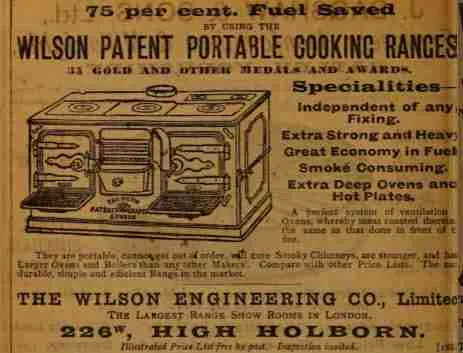
As a result, by the mid-20th century, domestic service was no longer the dominant employment sector it once was. While wealthy families continued to employ staff, the grand aristocratic households of the past became increasingly difficult to maintain.
Legacy of Victorian Servants
Today, the history of domestic servants offers valuable insight into social class, gender roles, and labour history in Scotland. Many grand estates now operate as museums, allowing visitors to explore the stark contrast between the opulent lives of the aristocracy and the hard-working servants who maintained their homes.
Although the role of domestic servants has faded, their impact on Scottish social history remains deeply significant.
Do you have a Victorian servant in your family tree? Let me know below in the comments!
Until my next post, haste ye back.
Enjoyed this post?
Keep up-to-date with my latest posts and tips below:
We hate SPAM & promise to keep your details safe.
You may also like...
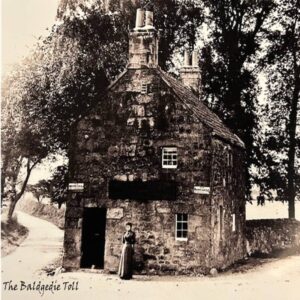
The Life of a Tollkeeper
A tollkeeper was a person who collected road fees from travellers. This old occupation was prominent during the 18th and 19th centuries.

Cameron Surname: Origin, Meaning & History
The Cameron surname has Gaelic origins and it is associated with Clan Cameron, one of the most influential Highland clans.
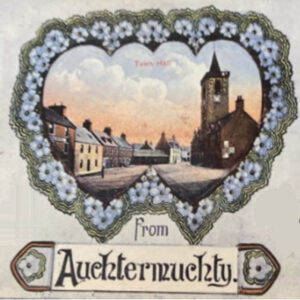
Ancestral Visit to Auchtermuchty, Fife
Auchtermuchty in Fife is known as Muchty to locals. What does Stratheden Whisky, Jimmy Shand and the Proclaimers have in common?

